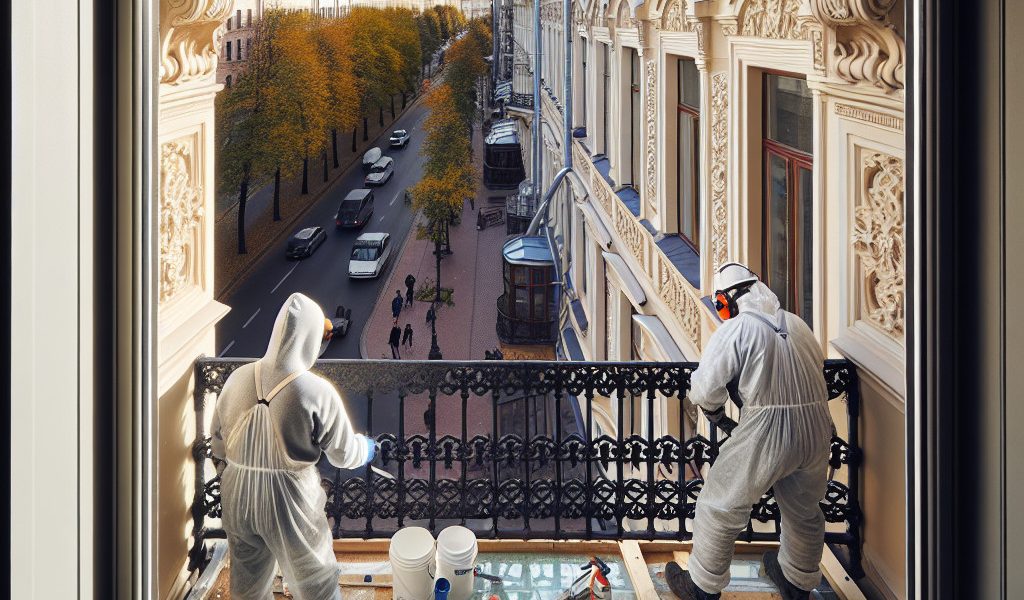Countdown to Balcony Bliss: 5 Key Insights Before Sealing Your Outdoor Space
Closing a balcony or terrace is an excellent idea to take full advantage of this outdoor space all year round, particularly in Provence Alpes Côte d’Azur, Corsica and Monaco. However, there are certain rules and regulations to follow before embarking on this project. Ideal Rénovation, a company specializing in exterior joinery based in Aubagne near Marseille, informs you about the 5 essential things to know before starting to close your balcony or terrace.
1. Local and national regulations
First of all, it is important to check whether closing the balcony or terrace is authorized by the Local Urban Planning Plan (PLU) or the national urban planning regulations. These documents specify the rules applicable to planning and may vary depending on the municipality. For example, some cities require specific materials to preserve the aesthetics of the neighborhood.
Prior request
First of all, remember to submit a prior request to the local planning department who will study your file and give you their approval if necessary. Please note that this process can take several weeks or even months depending on the complexity of the project.
2. Specific authorizations
If you live in a co-ownership, it is essential to obtain authorization from the co-ownership before closing your balcony or terrace. Indeed, this modification may impact the aesthetics of the building and therefore requires the agreement of the other owners.
General meeting of co-owners
The authorization request must be presented during the general meeting of co-owners which will decide on the project. It is important to prepare your file well by providing all the necessary elements (plans, photos, materials used, etc.) to convince other owners and obtain their agreement.
3. The impossibility of total insulation
Even if closing the balcony or terrace significantly improves the thermal and acoustic comfort of this outdoor space, you should know that it is impossible to obtain total insulation as for an interior room. Indeed, certain thermal bridges and water infiltrations may remain despite the installation of efficient joinery.
Alternative solutions
For those who want a non-permanent or more decorative solution to take full advantage of their balcony or terrace without undertaking major work, several options are possible:
- The use of exterior blinds: they provide effective shading while preserving the view of the outside.
- The installation of shade sails: aesthetic and easy to install, they allow you to create a shaded space without obstructing the view.
- The installation of screens or screens: these decorative elements can be used to delimit the space while preserving a certain privacy.
4. The choice of materials and joinery
To close your balcony or terrace, several types of joinery are available on the market:
- Sliding windows: ideal for large spaces, they offer a large glazed surface and significant space savings.
- Casement windows: more traditional, they are suitable for small balconies and terraces.
- Verandas: this solution allows the balcony or terrace to be completely integrated into the interior of the accommodation by creating an additional room that is thermally and acoustically insulated.
Concerning the materials, you will have the choice between:
- Aluminum: light, resistant and stylish, it requires little maintenance but can be less efficient in terms of thermal insulation.
- PVC: economical and efficient in terms of thermal insulation, it is also easy to maintain but offers fewer aesthetic possibilities than aluminum.
